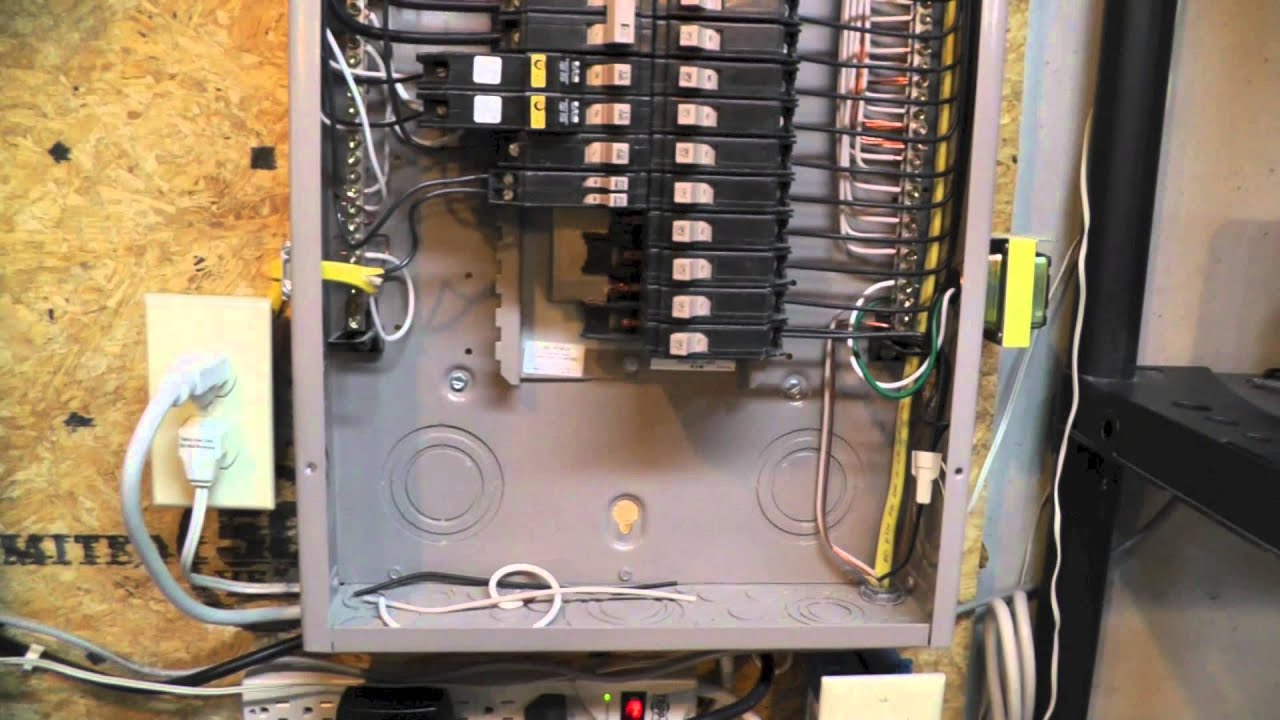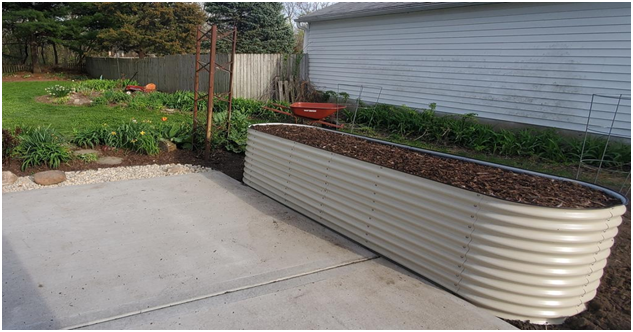Surges in electrical current have long been a problem. Installation of a reliable surge protector that covers the whole home is more important than ever before. Did you notice that your house is really the source of many of the greatest power spikes that occur? It’s not always rainstorms or other weather-related or environmental disturbances. A power outage happens whenever the power is much higher than the typical supply of power. Power surges are distinct from balance of power in that the sustained rise in energy for which they are named persists for further than several seconds. Surges in voltage that are not predicted might potentially have catastrophic effects. Protecting your family & your house from potential danger by avoiding electrical surges is really necessary. You can accomplish this by a complete home surge protection.
The question of whether or not your house has sufficient surge suppression should be one of your top priorities whenever you are evaluating potential solutions for upgrading the power lines in your property. Plug-in surge suppressors are quite inexpensive and give some degree of security. Individual blockers, on the other hand, are most effective when used as a secondary means of security after the implementation of a whole-house surging suppressor. Simply put, this is due to the fact that there are now more electronic gadgets than ever before in the average household, and most electronic devices combine both circuitry and microprocessors that are very sensitive to variations in voltages. Power fluctuations seem to be temporary increases in voltage that often only last some hundredths of a millisecond but have the potential to cause irreparable damage to sensitive electronic devices.
What Causes Whole House Power Surges
- Power cable spikes
A power operator’s electrical connections or circuits are notorious for giving them trouble at some point or another. It is not at all unusual for the electrical power of a client to abruptly spike for no apparent cause. This is significant not just in the event that the energy in the transmission lines is disrupted by gusts of wind, but also in any other similar scenario. A spike in electrical current may be the result of a number of different natural phenomena, such as sudden drops in temperature, animals, trees that have died, or even cars that have been involved in accidents with electrical poles.
- Lightning flashes impacting residences
There is a possibility that your house might sustain harm from sky thunderstorms that occur many miles distant. Lightning present a hazard to high-priced electronic components. In reality of course, lightning strikes are the most common cause of threat to cooling systems, which often results in the need to repair the complete unit. To do damage to life and property, lightning does not even have to hit it directly. A neighboring strike has the potential to trigger a strong surge through the electric grids and into the circuits of your house. Plug-in blockers on their own are often inadequate to protect against a power spike that has been triggered by lightning.
- Worn out or defective circuits
Electrical contractors often find, during examinations of older houses, wiring that is either insufficient or no longer in use. They have seen a rise in the number of damaged electrical circuits and other pieces of apparatus overall.
- Problems with failed switchgear and tripping
In a power system, the unintentional shorting of circuits can lead to an increase in the flow of current if the circuits are connected in series. This can be dangerous because it can cause a fire or electrocution. The tripping of breakers is another potential root cause of this problem, which also counts as one of its likely causes. If something similar were to occur, there is a good chance that you would require the assistance of an electrician. This is because of how likely it is that you would need their assistance. If you plan on installing switch boxes or doing any work that requires rewiring, you will need the assistance of a trained expert who is competent to perform any of these tasks.
- Standard functioning of devices and other home items
Power surges are almost often brought on by electrical gadgets and devices that are both ubiquitous and frequently utilised in homes and businesses. It is possible to find a significant number of high-power devices in both the on and off states intermittently. This is the case with a lot of these gadgets. These appliances are included in the group of things that are considered to be among the most prevalent sources of power surges. These would include things like motors, freezers, washers and dryers, air conditioning and heating systems, as well as air conditioners and heaters individually. Some examples of these would be: Other examples include items like heating and cooling systems, such as air conditioners and heaters.




